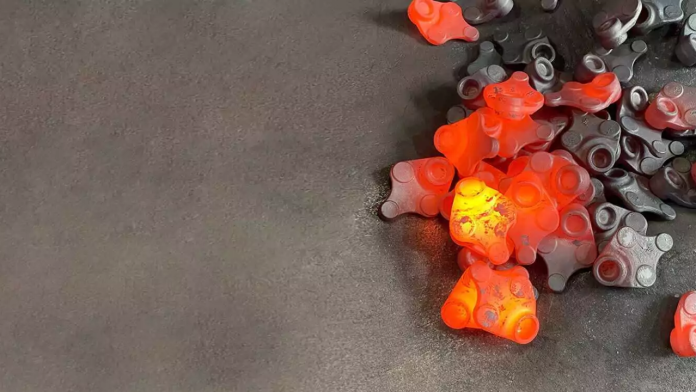Forging is an industrial method that entails pounding, pressing, or rolling metal to shape it. Compressive pressure is applied with a hammer or die. Forging is frequently classified according to whether forging is done at a warm, cold, or hot temperature. One can perform forging using a broad range of metals. Range of metallic materials. Alloy steel, stainless steel, and carbon steel are.
Forging is also possible with very soft metals such as aluminum, brass, and copper. With minimal waste, the forging process may produce parts with excellent mechanical qualities. Visit the following link, cxinforging.com to learn more about the forging process. The basic idea is that the original metal is plastically deformed to the required geometric shape, resulting in increased fatigue resistance and strength.
Modern Forging Facilities
Forging is a time-honored method that has effortlessly merged cutting-edge technologies in the changing terrain of modern manufacturing. Modern forging facilities are distinguished by the combination of traditional craftsmanship and sophisticated machinery, allowing the production of high-precision forged parts used in a variety of sectors. This article delves into the advanced methods used in modern forging facilities to shape metal into finely designed and long-lasting components.
Material Selection and Preparation
A forged part’s journey begins with the careful selection of materials. Depending on the desired qualities of the finished product, various metals, alloys, and even exotic materials such as titanium or super alloys may be chosen. The materials are then meticulously prepared, including cutting, heating, and conditioning, to ensure they are in the best possible condition for forging.
Heating and Temperature Control
Temperature control precision is critical in forging. To heat the metal to the desired temperature, modern facilities use innovative heating methods such as induction heating or gas-fired furnaces. Maintaining correct heat levels during the forging process is critical for producing the desired metallurgical characteristics and promoting plastic deformation.
Computer-Aided Design (CAD) and Simulation
Engineers use Computer-Aided Design (CAD) software and simulation tools before subjecting the metal to the force of hammers or presses. These technologies enable the construction of detailed digital models of the desired part as well as the simulation of the forging process. This guarantees that the design is strong, useful, and easily manufactured.
Die Design and Manufacturing
Forging dies are critical components in shaping the metal. To manufacture intricate die designs, advanced production processes like computer numerical control (CNC) machining and 3D printing are used. Dies are frequently manufactured from high-strength materials such as tool steel and heat treated to withstand the high pressures and temperatures encountered during forging.
Forging Presses and Hammers
Forging presses and hammers of various sizes and capabilities are available in modern forging plants. Hydraulic presses and mechanical hammers apply precise and controlled force to the metal to distort it according to the die specifications. Some facilities also use servo-driven presses, which provide greater control over the forging process and result in parts of constant quality.
Closed-Die Forging and Open-Die Forging
Closed-die forging uses shaped dies to surround the metal and shape it into the required shape. In contrast, open-die forging allows the material to flow freely between flat dies, resulting in simpler shapes such as bars or discs. Modern facilities frequently mix several processes, exploiting the benefits of each to efficiently produce complex and varied components.
Rolling Mills and Extrusion
In addition to traditional forging technologies, some facilities use rolling mills and extrusion operations. Rolling mills compress the metal between rollers to reduce thickness and increase length, whereas extrusion involves forcing the material through a die to generate specified shapes. These methods are frequently used to create lengthy, continuous sections with constant cross-sections.
Machining and Finishing
Forged objects frequently require machining to obtain precise tolerances and complicated features that are not possible with forging alone. Precision machining is performed using Computer Numerical Control (CNC) machining centers, which ensure that the end product follows exact specifications. Following that, the forged pieces are subjected to finishing operations such as shot blasting or surface treatments to improve their aesthetic and functional properties.
Final Words
Traditional skills and cutting-edge technology coexist in modern forging operations. The art of forging metal parts has progressed greatly as a result of advances in materials, design, and manufacturing processes. As industries continue to seek high-performance components with complex geometries, the role of contemporary forging facilities becomes increasingly important, demonstrating the age-old craft’s endurance and adaptability in the face of technological innovation.














